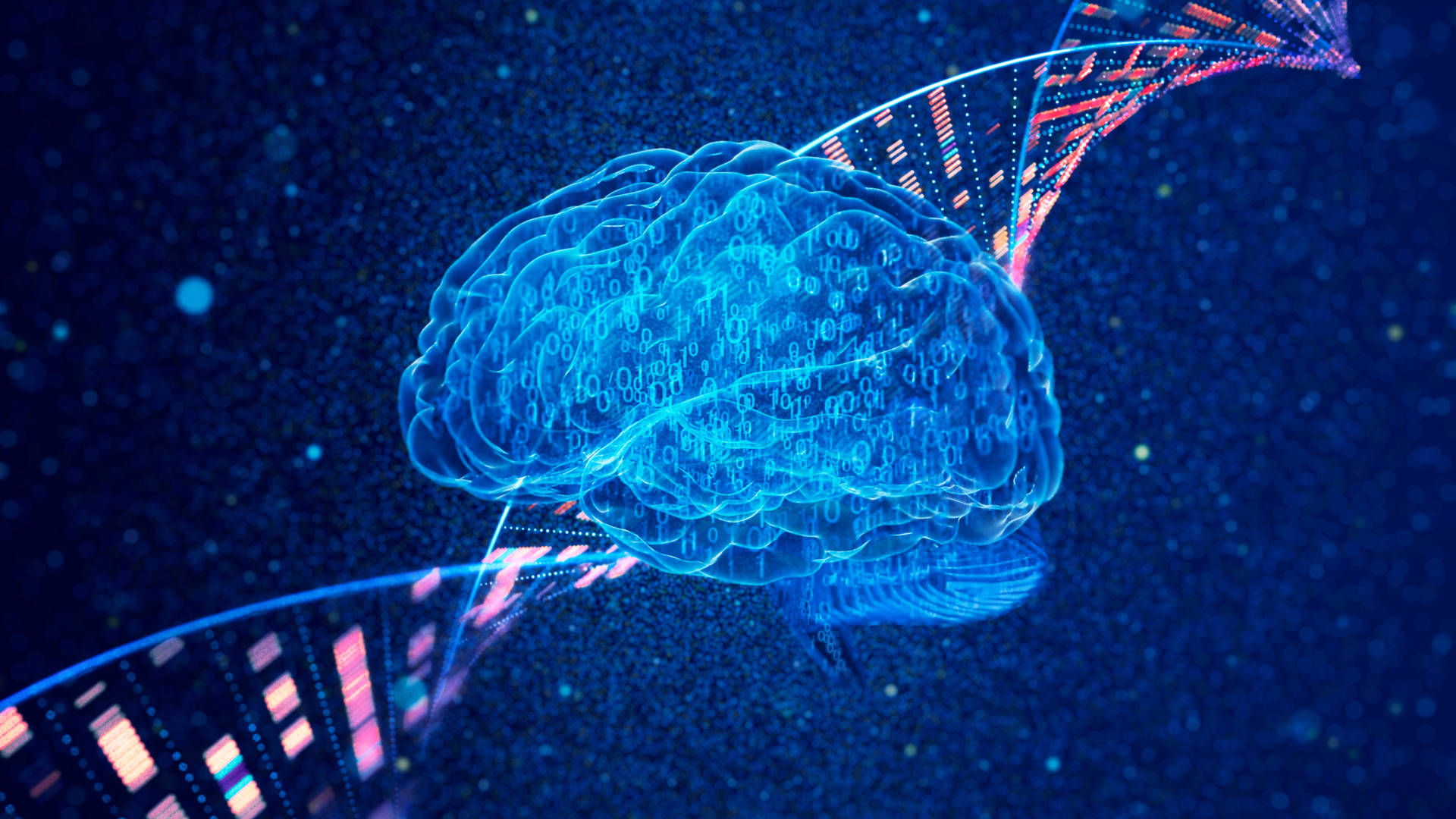
The human brain remains, for the most part, something of a mystery. However, that hasn't stopped researchers from attempting to untangle one of the most complicated objects we as a species have encountered thus far, although by the looks of this research, they might have their work cut out for them.
A recent collaborative effort between Google AI experts and Harvard researchers has managed to scan and map a single cubic millimetre of brain tissue, which created 1.4 petabytes of data in images alone (via Tom's Hardware). That's a staggering 1,400,000 GB of photos created and processed to map a tiny fraction of the human mind, which, when scaled up to cover the entire brain, would result in roughly 1.6 zettabytes—or 1.6 trillion gigabytes—of storage used.
For reference, at a cost of $0.03 per GB, a data center built to store such a vast amount of information would come in at around $48 billion in storage costs alone, and that's before you take into account the cost of the rest of the facility you'd need to house and operate it. The more you know, ey?
To achieve this result, the researchers sliced a brain tissue sample into 5,000 individual wafers, before using an electron microscope to take images of each slice that were then recombined by Google's AI imaging tech to work out the neuron routes, revealing previously unknown details about the inner workings of the humble human noggin.
One neuron in particular was found with over 5,000 connection points to other neurons, while some axons—signal-carrying nerve fibres—were revealed to have become tightly coiled together, for reasons that still remain unclear.
Harvard professor Jeff Lichtman said, when speaking to The Guardian: "We found many things in this dataset that are not in the textbooks. We don’t understand those things, but I can tell you they suggest there’s a chasm between what we already know and what we need to know."
Or as Donald H. Rumsfeld once famously said, "We also know there are known unknowns…but there are also unknown unknowns, the ones we don’t know we don’t know." Anyway, while the study has certainly revealed some new mysteries surrounding the human brain that are yet to be understood, the sheer size of the dataset created here is remarkable in and of itself.
It also strikes that, in a world where the term "AI" appears to be becoming increasingly meaningless, this may be a perfect example of how the vast data-crunching capabilities of machine learning algorithms and powerful AI-processing hardware can be put to good use, unlocking the secrets of our own, incredibly powerful biological processing hardware.
Just the thought of it gives me a headache. Please don't sample mine, for future reference. I'm pretty sure if you looked at slides of my humble wetware unit, you'd get less of an impression of the density of the human brain and more of a collection of flipbook images depicting a dog riding in circles on a unicycle.







